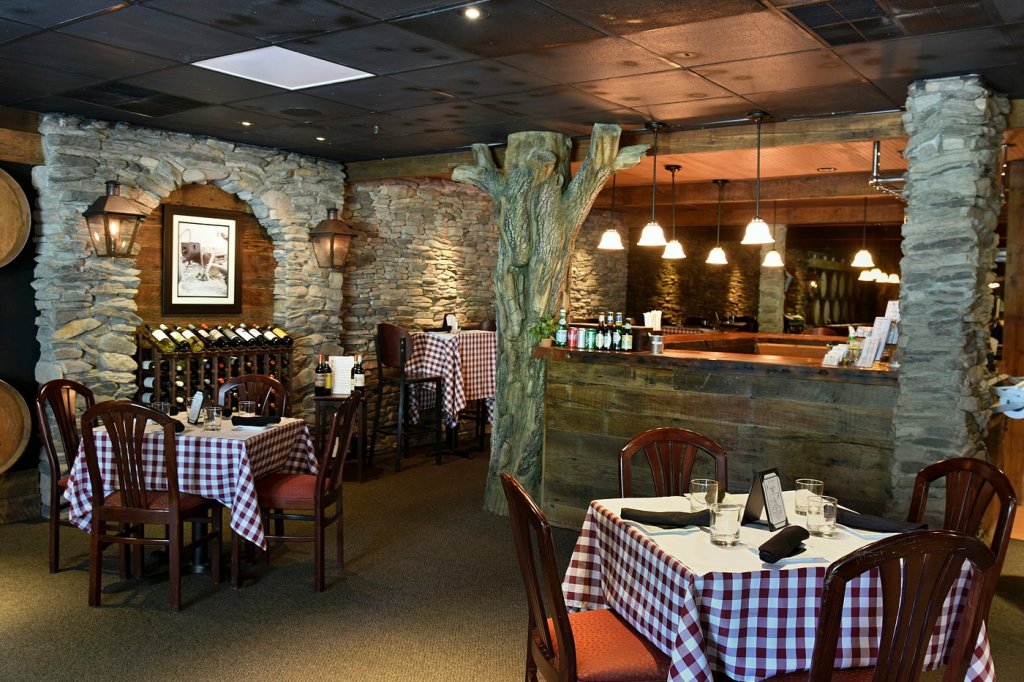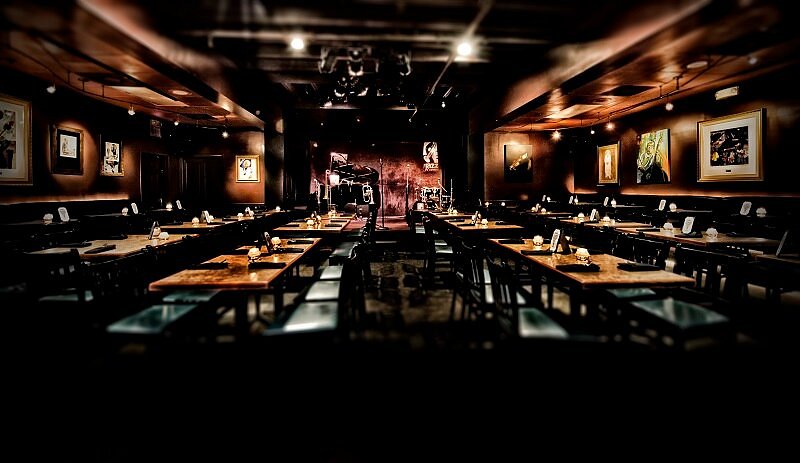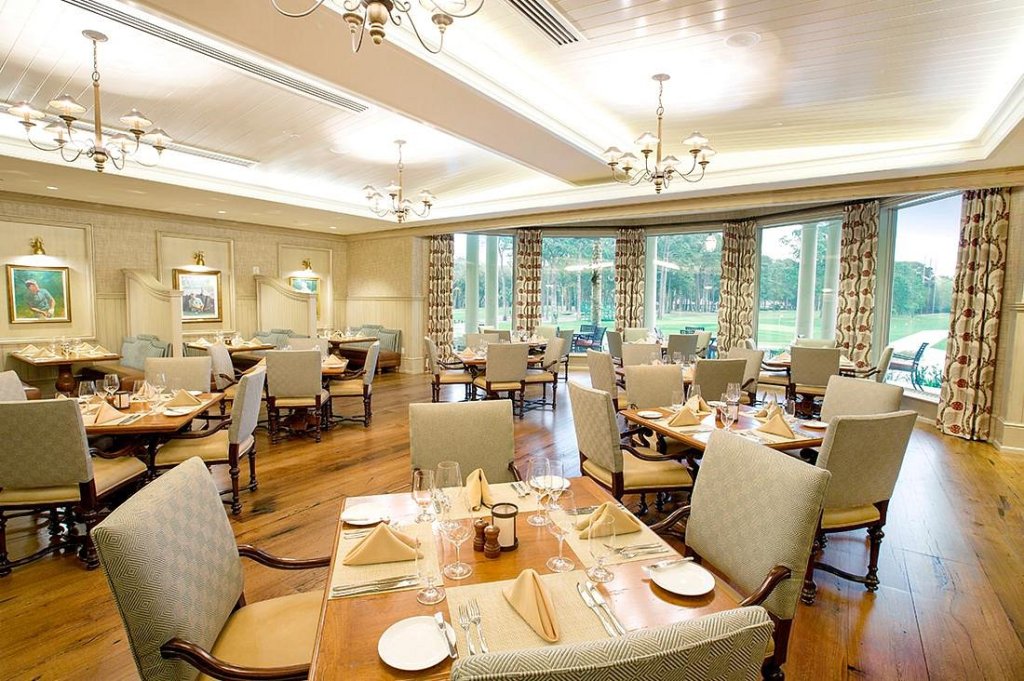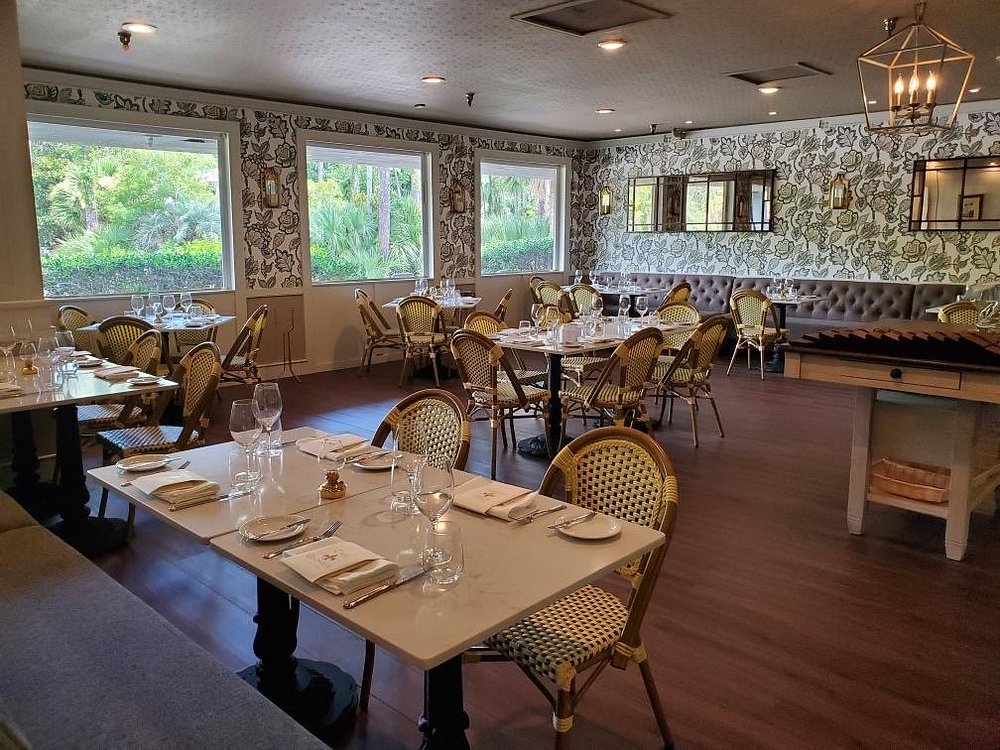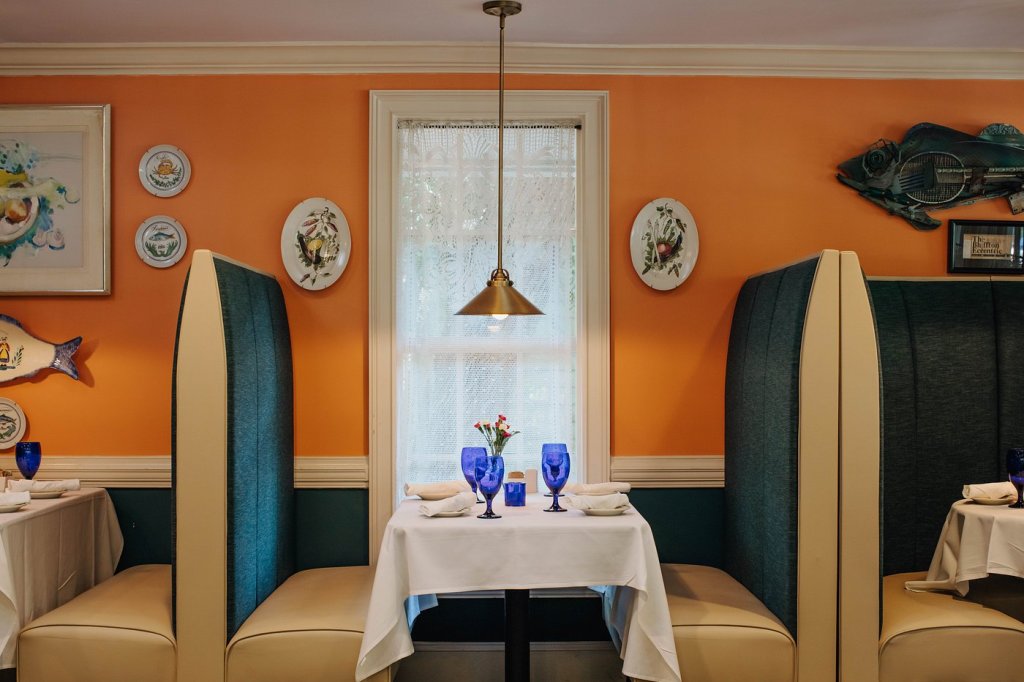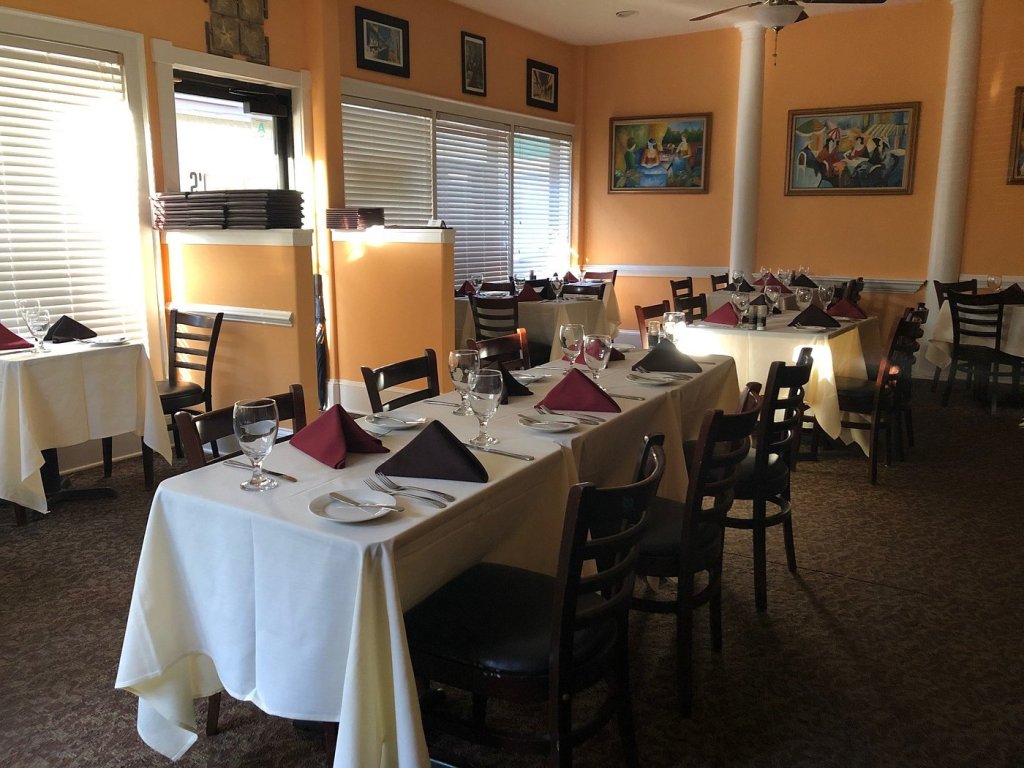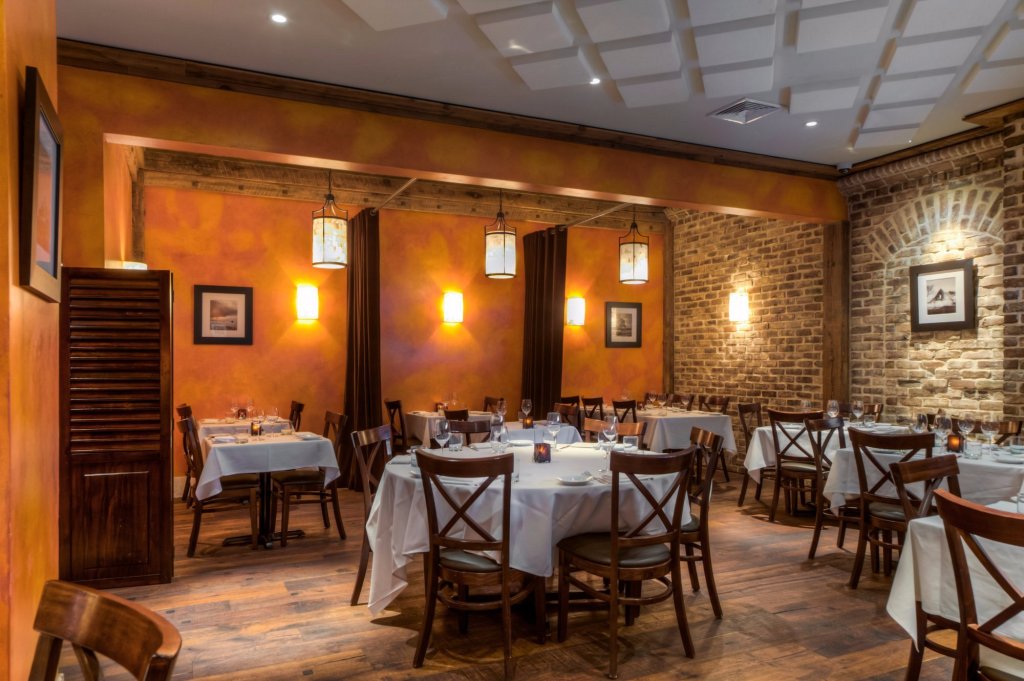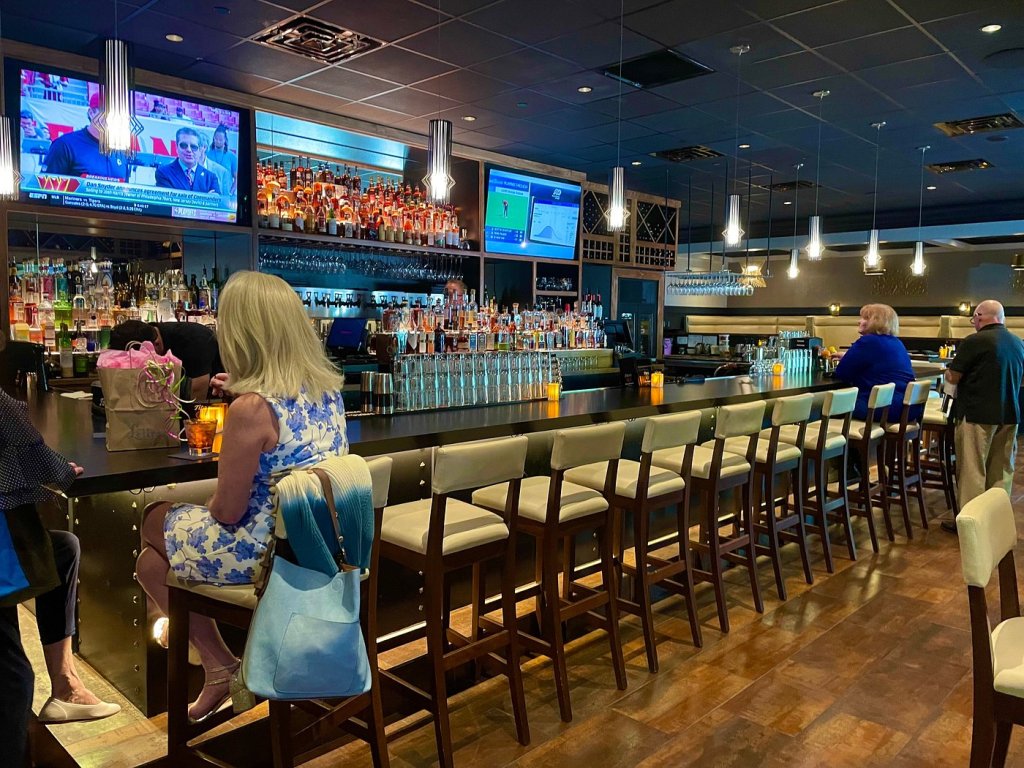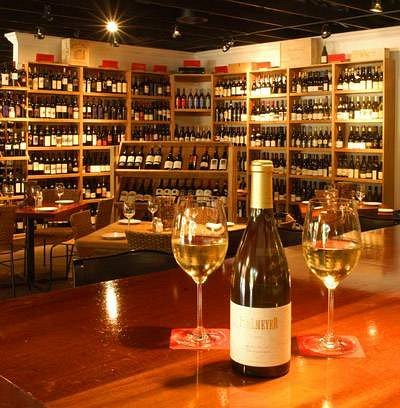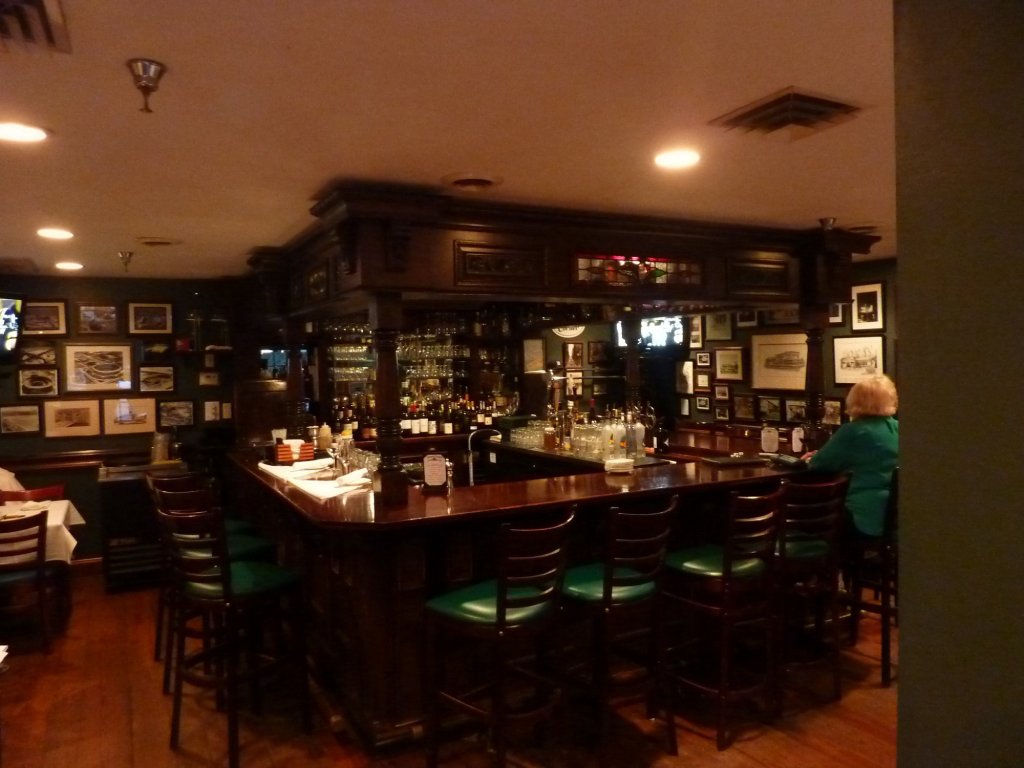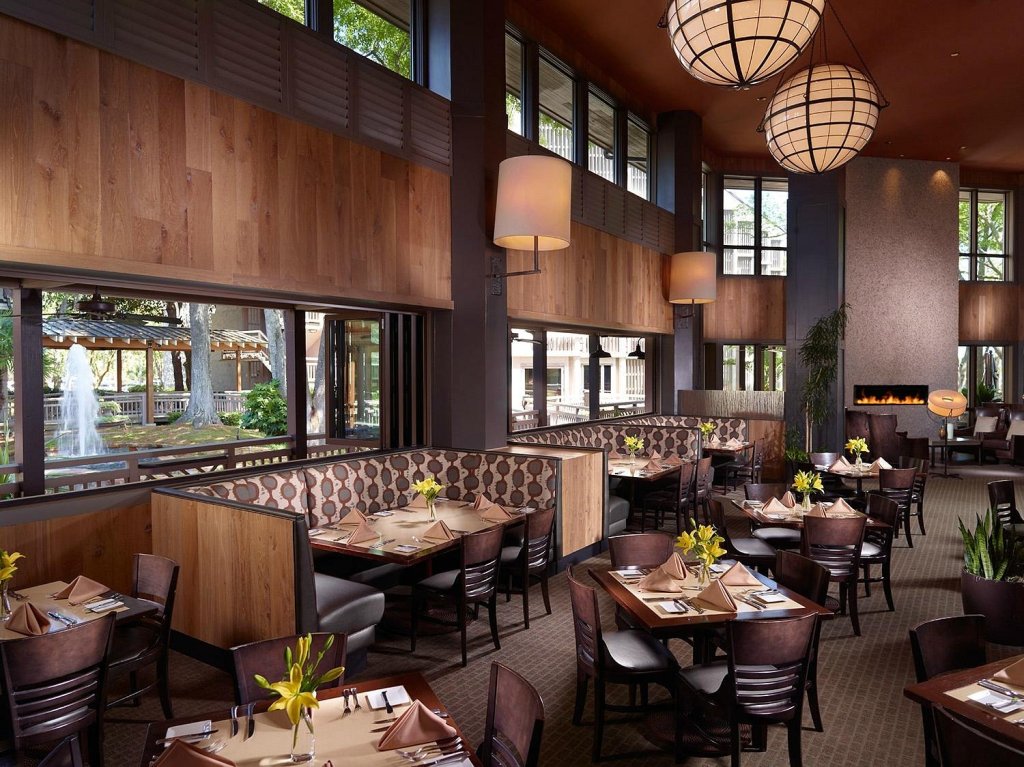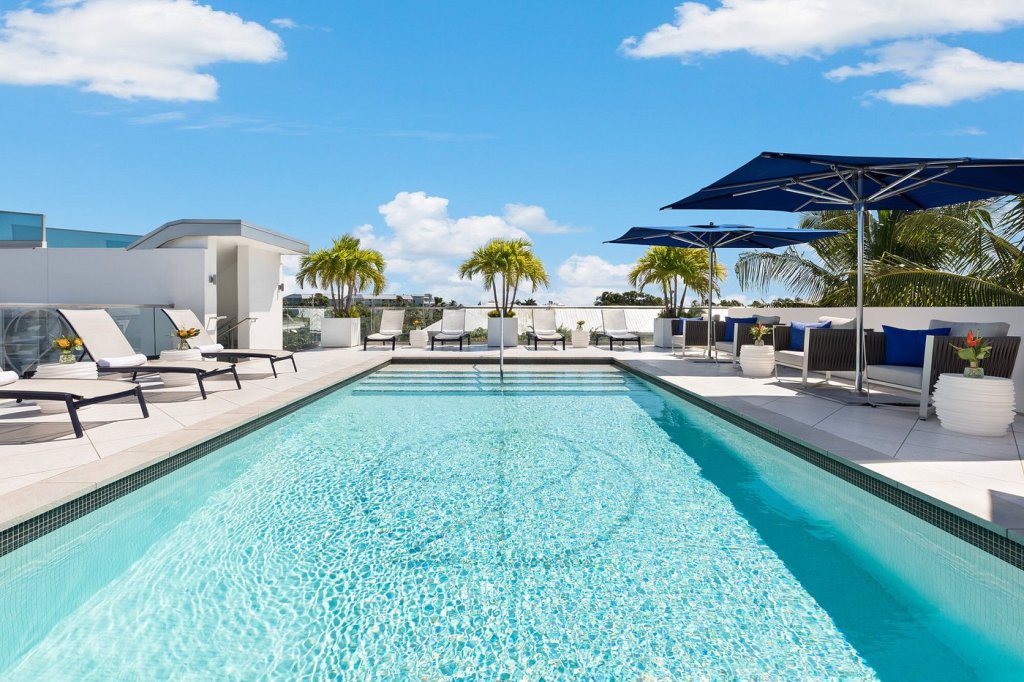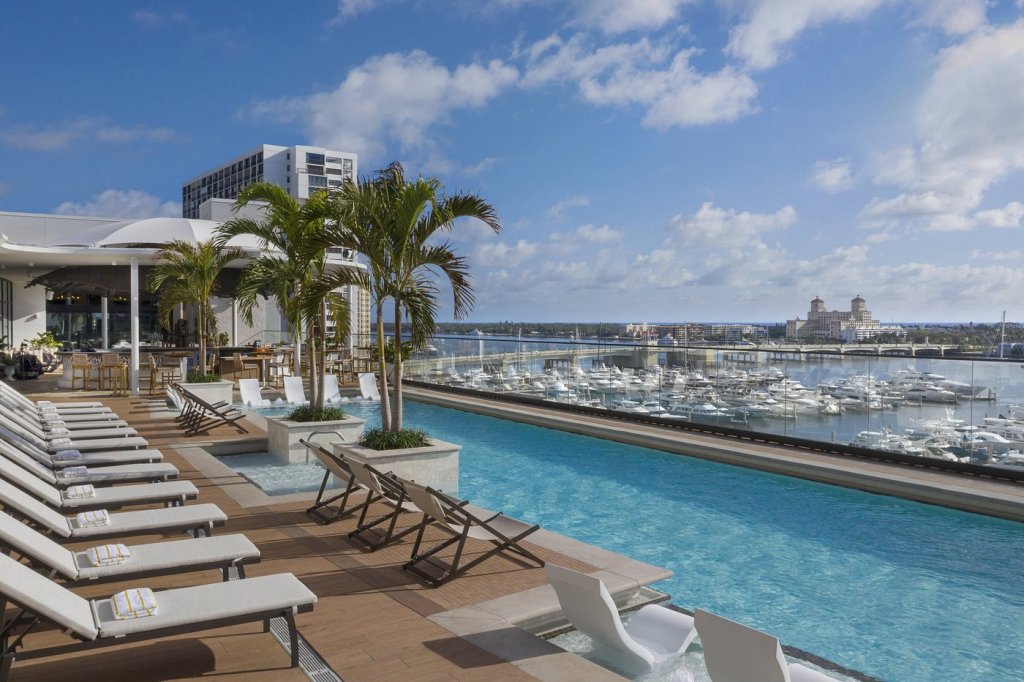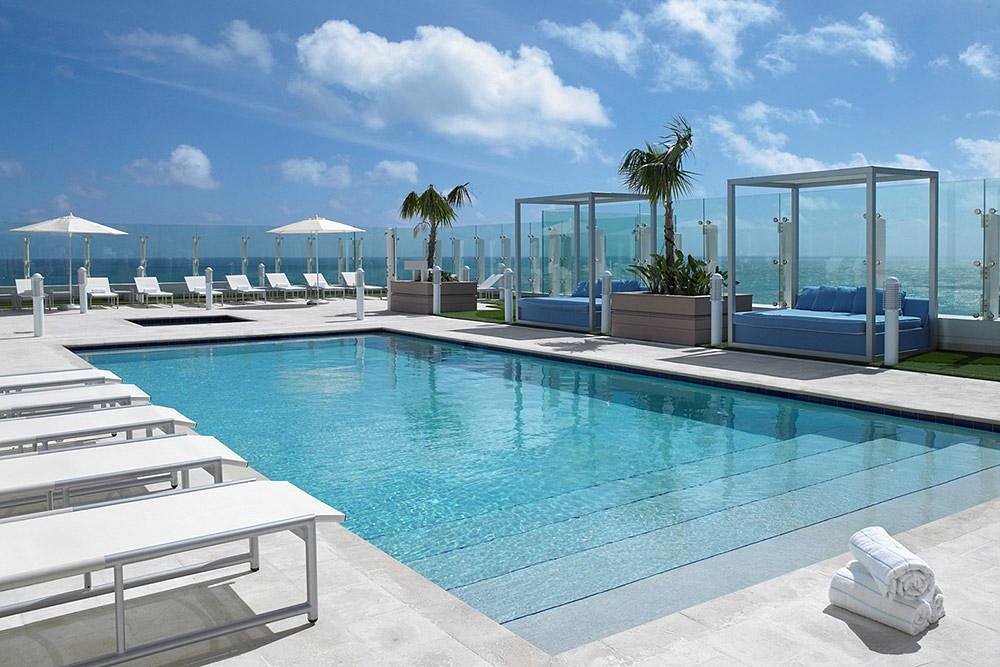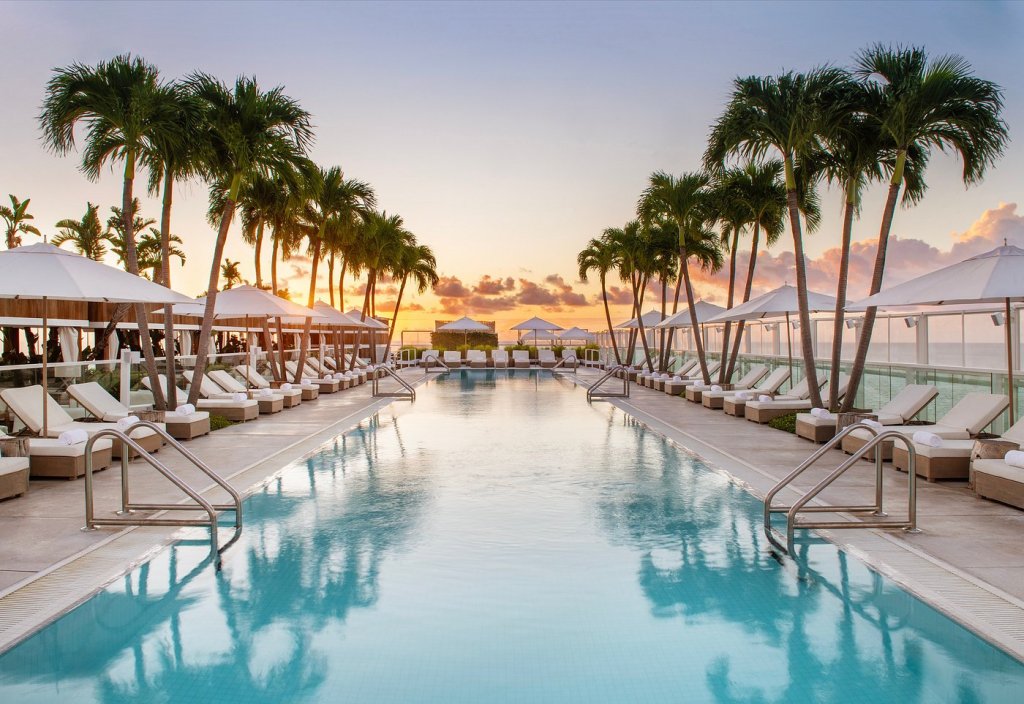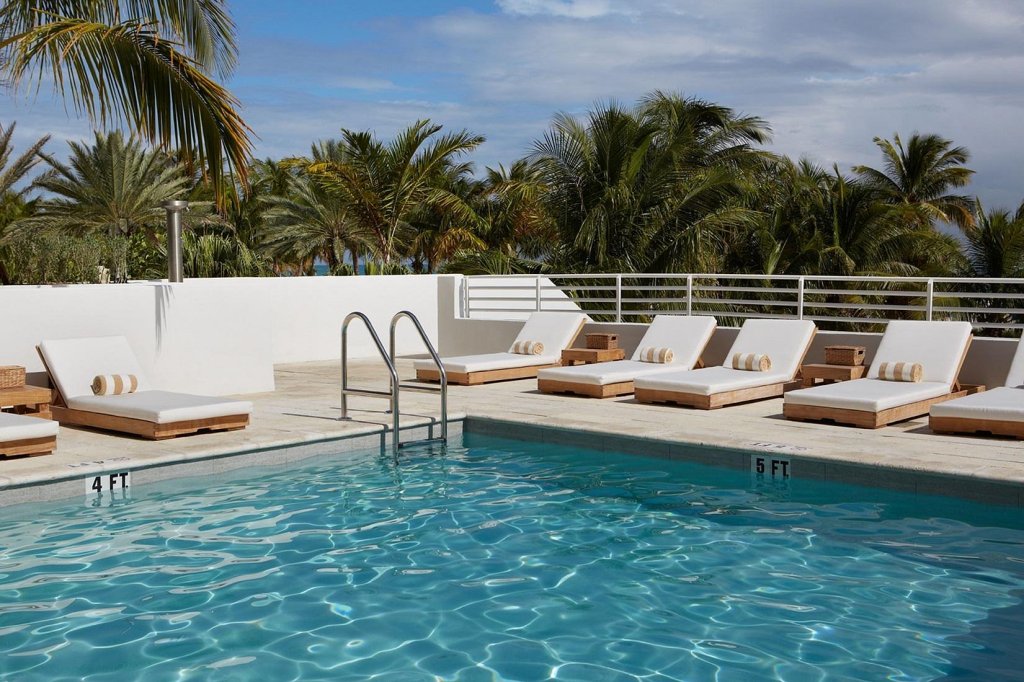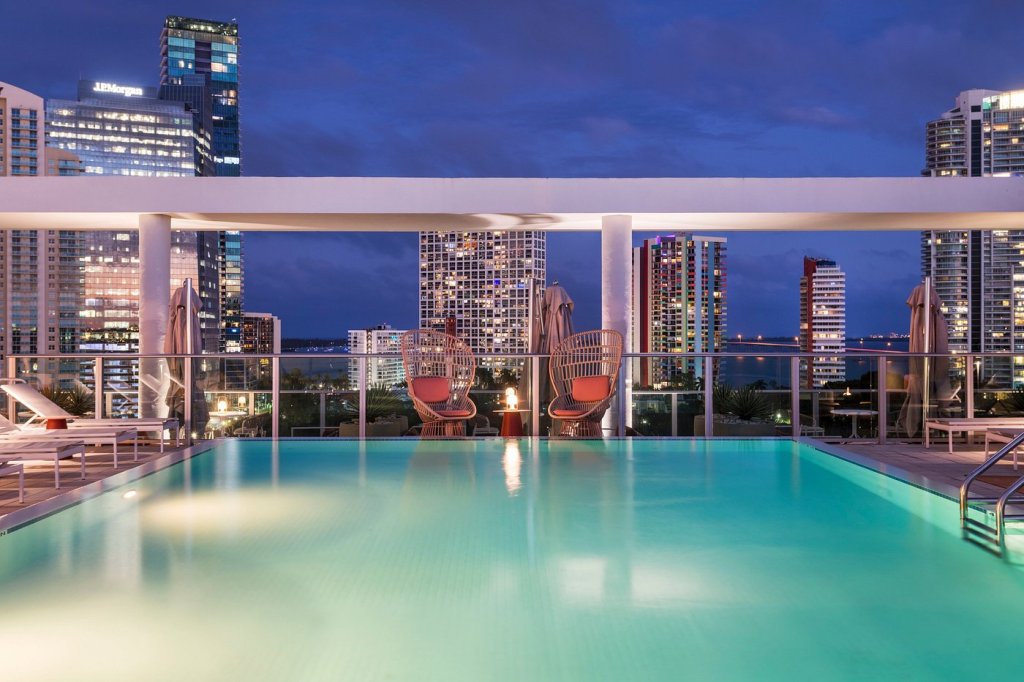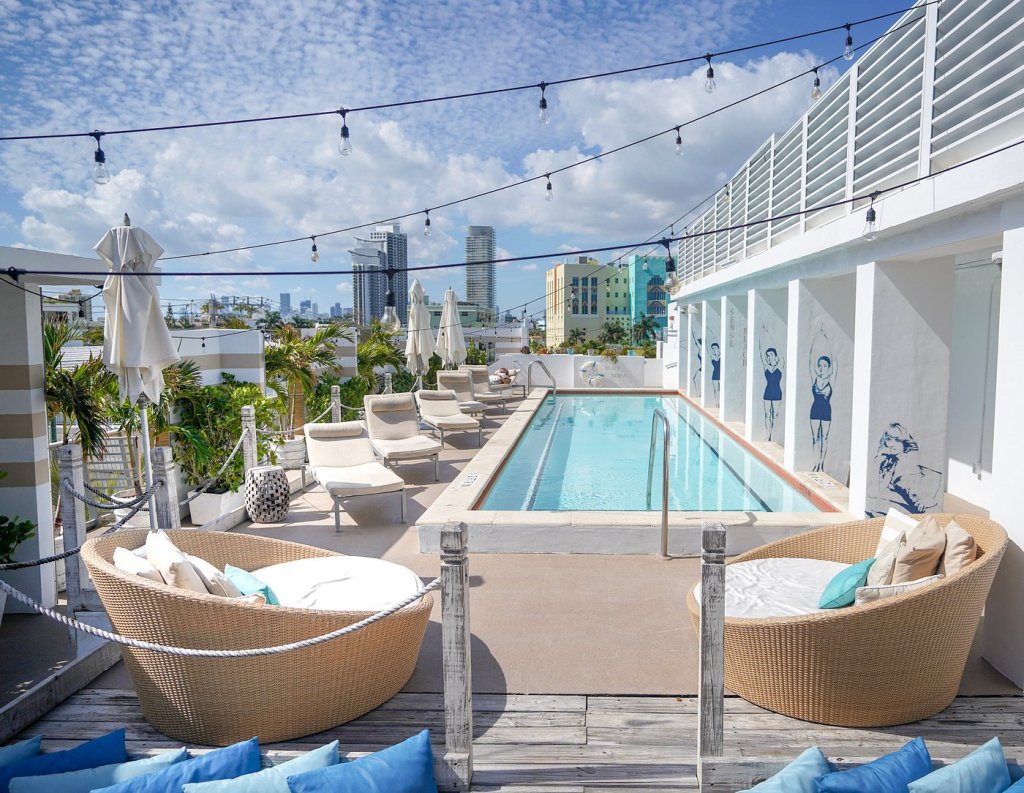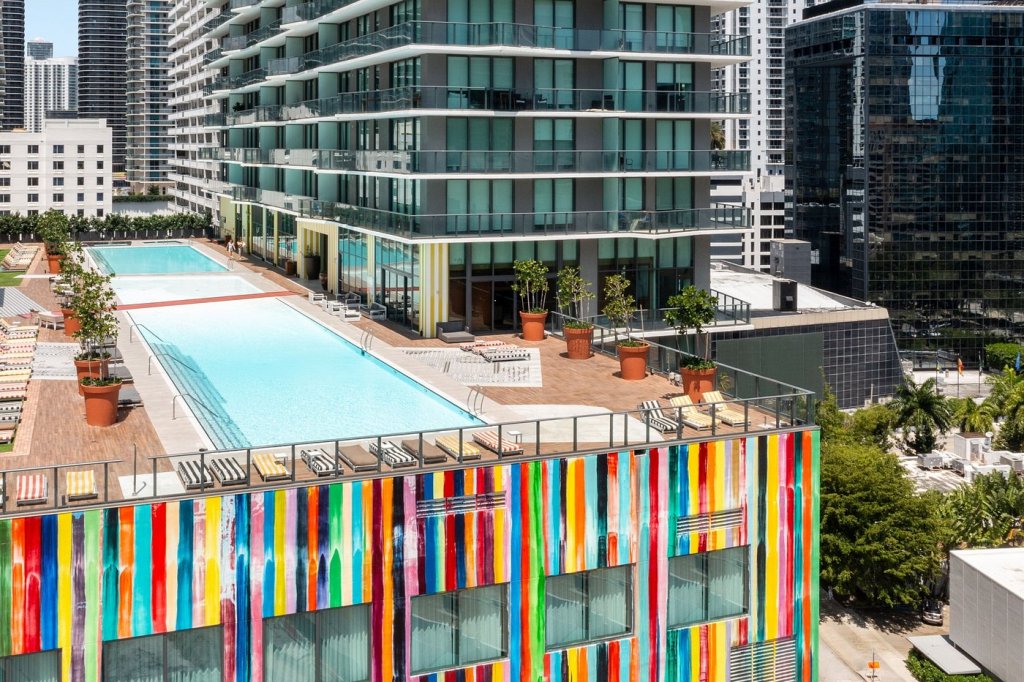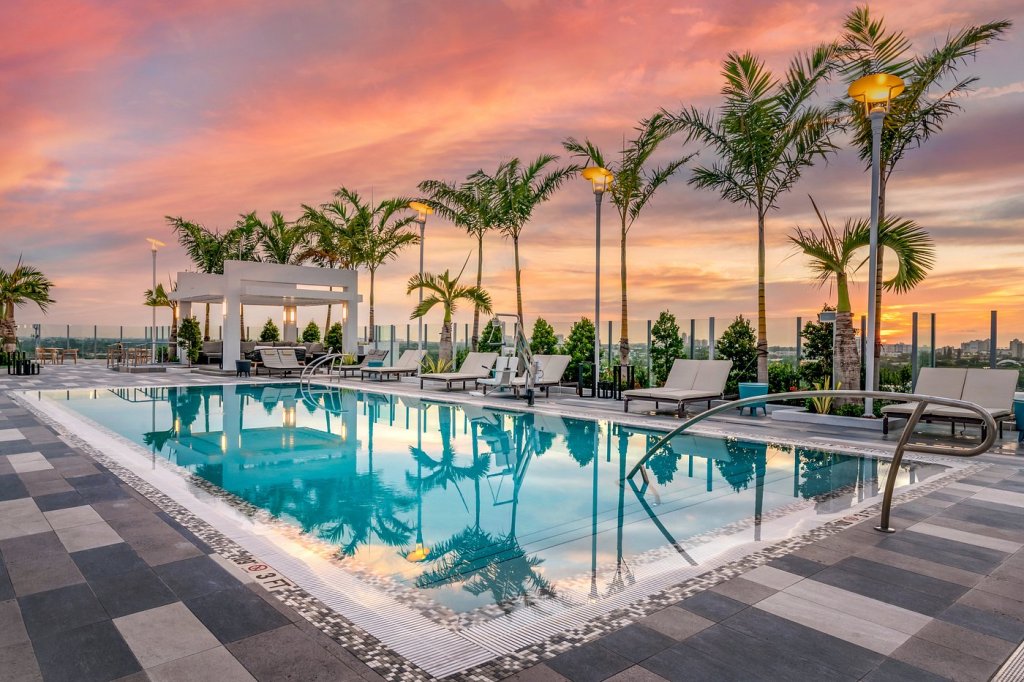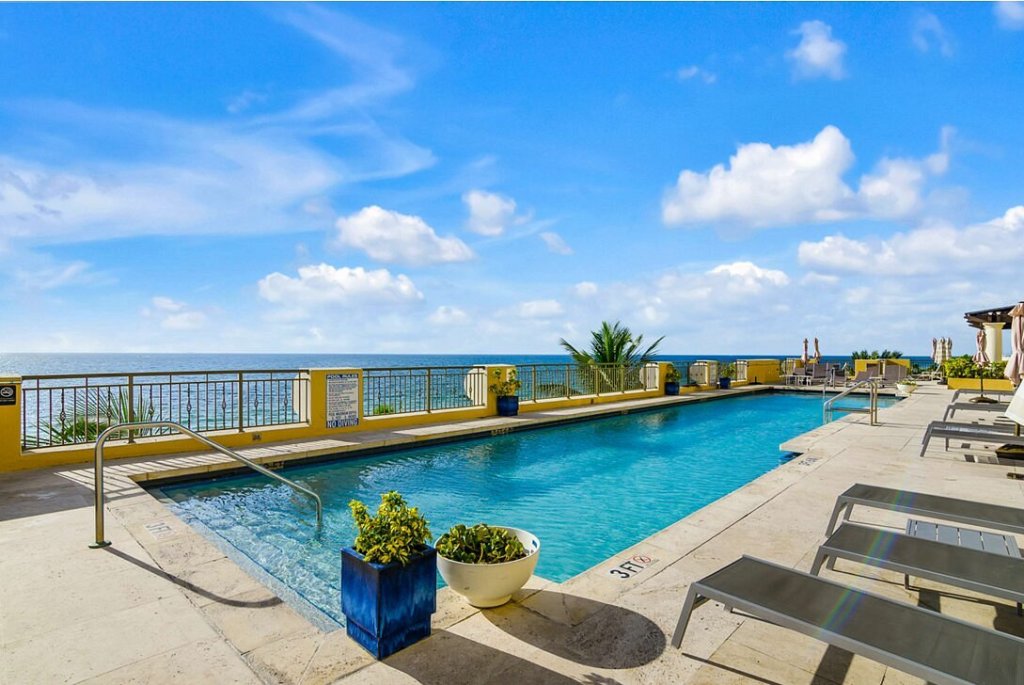In December 2024, North Korea opened its borders to tourists for the first time since the COVID pandemic.
The country’s active tourism department was eager to bring back tourists to its winter resort area of Masikryong Ski Resort, which welcomes thousands of visitors annually from countries like China and Russia.
Though US citizens have been barred from visiting North Korea since 2017, the news last December perked a lot of ears globally.
While mostly Western journalists and students visit the country, some country-counters have had it on their radar for years. In other words, it’s not out of the realm of possibility for travelers to actively be interested in visiting North Korea.
In fact, some Westerners have already visited the country since its December 2025 reopening.
And it’s likely that even more will schedule a trip now that North Korea has announced plans to open a brand-new, high-traffic beach resort town called Wonsan Kalma.
Want to take a look behind the curtain to see what a beach resort in North Korea looks like? Here’s what we know so far.
Welcome to Wonsan Kalma
Wonsan Kalma is the latest jewel in the North Korean tourist industry. The state-run news agency (KCNA) announced the resort’s construction as one of the nation’s ‘greatest feats’ from 2024, which came after almost a decade of trials and tribulations.
Now, however, the resort town of Wansan Kalma is ready for its grand opening.
Based on the limited photos run by the KCNA press release, the seaside town looks to have multiple high-rise buildings spread across its 2.5-mile coast, which faces the Sea of Japan. It opened to the public on July 1st, 2025. Some reports estimate the hotel count as high as 54.
However, it’s unclear when Wonsan Kalma will be open to international visitors, as the country still has strict entry requirements leftover from the COVID-19 pandemic.
Though some visitors have been welcomed since the December 2024 reopening of borders, traditional tourism remains far from a reality. Similar to Bhutan, all tours in North Korea must be booked with state-approved agencies.
At the moment, it looks like only Russian travel agencies have the green light to book ahead at Wonsan Kalma. One agency called Vostok Intur has tours stopping in Wonsan Kalma as early as July 7th.
What comes with a stay at Wonsan Kalma?
Without more information on the resorts available in Wonsan Kalma, it’s hard to say what a beach resort stay will get you in North Korea.
For now, information from the KCNA promises sports facilities, recreational facilities, commercial and public catering services, and (likely) spa centers.
Some reports have listed amenities like a cinema, pubs (beer only), indoor and outdoor water parks, shopping centers, video game arcades, restaurants, and even mini-golf putting.
With a reported capacity of 20,000 across the resort town’s multiple hotels, a stay at a beach resort in North Korea might feel similar to just about any other coastal resort area, from Myrtle Beach to the French Riviera.
Just with a few catches—like fewer activities and shopping experiences, along with the ever-present anxiety of either purposefully or accidentally angering state authorities.

